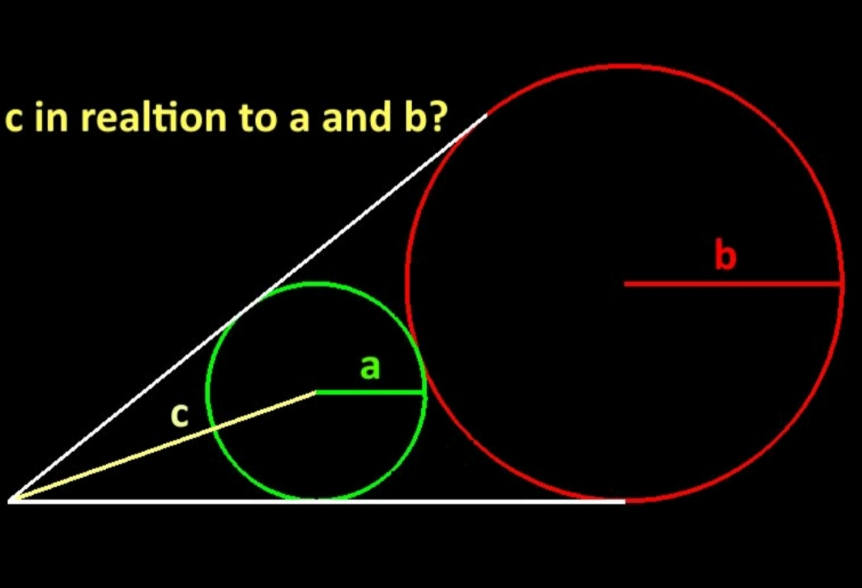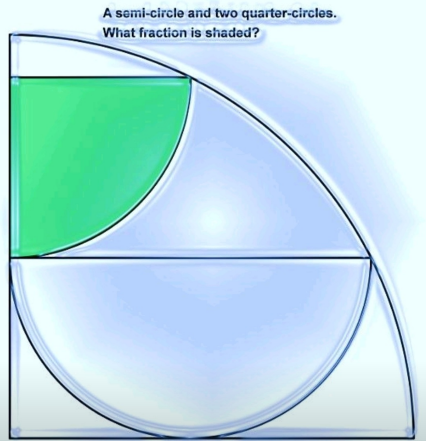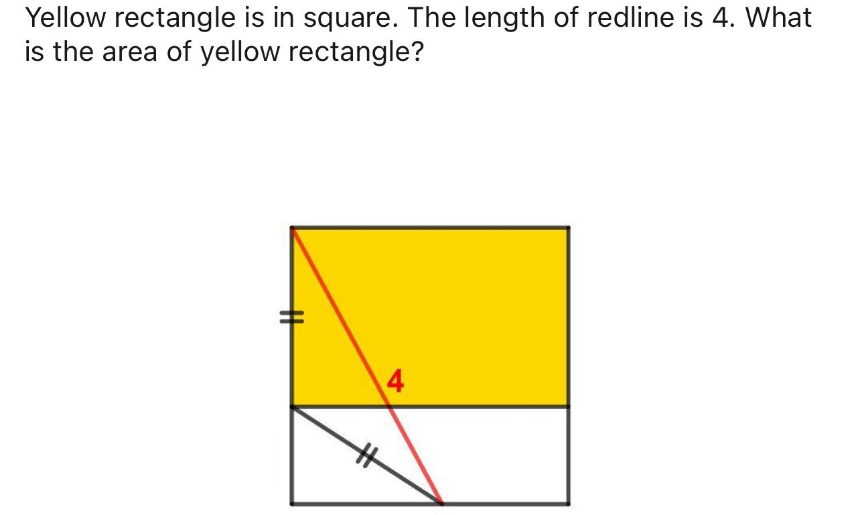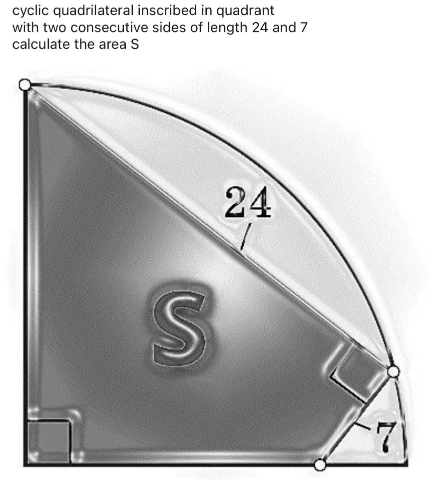
AllQuestion and Answers: Page 304
Question Number 191277 Answers: 0 Comments: 0

Question Number 191276 Answers: 1 Comments: 0

Question Number 191275 Answers: 1 Comments: 0

Question Number 191274 Answers: 1 Comments: 2

Question Number 191335 Answers: 1 Comments: 0

Question Number 191325 Answers: 2 Comments: 0

Question Number 191324 Answers: 1 Comments: 0

Question Number 191323 Answers: 1 Comments: 0

Question Number 191254 Answers: 0 Comments: 6
Question Number 191250 Answers: 0 Comments: 4

Question Number 191243 Answers: 2 Comments: 1

Question Number 191232 Answers: 1 Comments: 0
Question Number 191231 Answers: 0 Comments: 1
Question Number 191283 Answers: 1 Comments: 0

Question Number 191222 Answers: 0 Comments: 0

Question Number 191221 Answers: 0 Comments: 0

Question Number 191220 Answers: 1 Comments: 5
Question Number 191430 Answers: 3 Comments: 0
$${factorise}\:\mathrm{4}{x}^{\mathrm{4}} +\mathrm{81} \\ $$
Question Number 191429 Answers: 0 Comments: 0
Question Number 191229 Answers: 0 Comments: 0
Question Number 191212 Answers: 0 Comments: 0

Question Number 191210 Answers: 1 Comments: 0
$$\mathrm{2}^{{x}} +\mathrm{2}^{{x}+\mathrm{1}} >\mathrm{3}^{{x}} +\mathrm{3}^{{x}+\mathrm{1}} \\ $$
Question Number 191205 Answers: 1 Comments: 2

Question Number 191203 Answers: 3 Comments: 0
$$\:{If}\:\:\mathrm{3}^{{x}} =−\mathrm{1}\:{find}\:{the}\:{value}\:{of}\:{x} \\ $$
Question Number 191199 Answers: 1 Comments: 1

Question Number 191192 Answers: 1 Comments: 1

Pg 299 Pg 300 Pg 301 Pg 302 Pg 303 Pg 304 Pg 305 Pg 306 Pg 307 Pg 308
